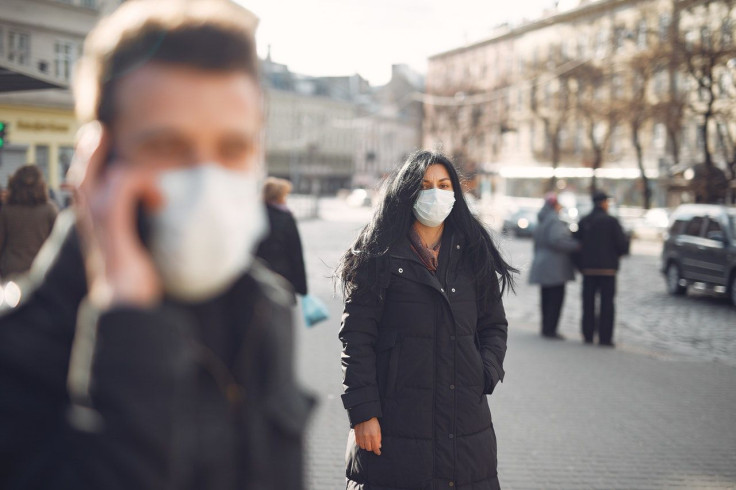Coronavirus Outbreak: Is Airborne Transmission Possible?
KEY POINTS
- Amid the COVID-19 pandemic, social distancing is the new normal
- Droplets containing coronavirus is primary means of transmission
- It is unclear yet if coronavirus can spread through the air
Since early February when it became clear that coronavirus has reached the shores of dozens of Western Countries, scientists have been saying that the virus spreads through droplets. According to health experts, COVID-19 spreads from one person to the next through close contact where virus-laden droplets from an infected individual manage to enter the system of another.

Close contact has been defined as physical contact like kissing and handshaking or when an infected person coughs or sneezes with you standing or sitting nearby. It has also been found out by scientists that the virus stays alive on surfaces from a couple of hours to several days, depending on the type of surface. Recently, a group of scientists discovered that virus-laden droplets remain viable in aerosol for up to three hours.
What Is Aerosol?
It is a suspension of liquid droplets or fine solid particles in the air. Many types of diseases have been known to spread through aerosols. The sneeze, cough, and even breath of an infected person contain tiny droplets that can hang suspended in the air. Talking to an infected person also increases the risk of getting the infection yourself.
Scientists explain that a pathogen, like a coronavirus, may be classified as airborne if it can spread through small particles that remain in the air for an extended period. Although researchers have already determined that coronavirus-laden droplets can stay in the air for up to three hours, it is still dependent on many factors.
Factors That Affect How Long Droplets Remain In Air
Among the factors that affect the length of time droplets remain airborne include temperature and humidity of the surroundings. A closed or open area may also play as factors in this issue and a blowing breeze may also affect the number of time droplets remains in the air.
With regards to SARS-CoV-2 -- the virus that causes COVID-19, the Centers for Disease Control and Prevention or CDC stated that they still have much to learn about the new virus. They are still learning its other ways of transmission, the severity of illness that results from its infection and up to what extent it can spread. Until then, people would have to adhere to social distancing guidelines of having a space of two meters from others whenever outside.
© Copyright IBTimes 2024. All rights reserved.





















